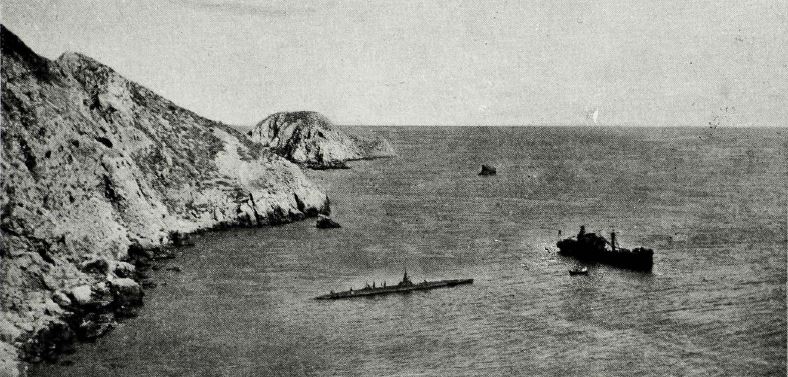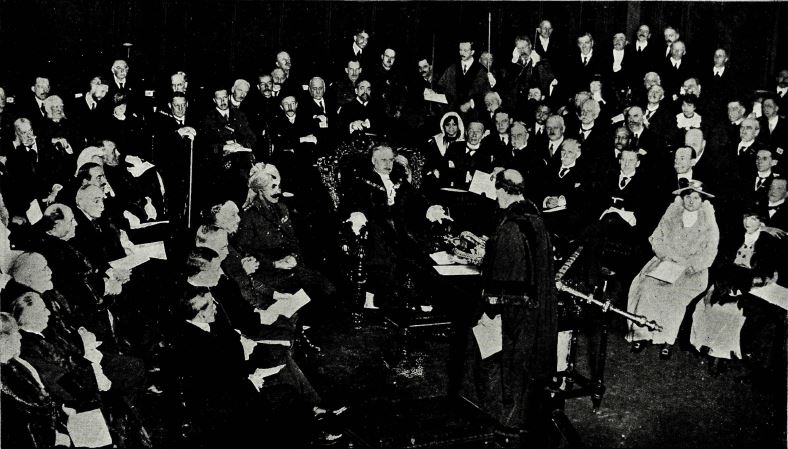
http://www.thetimes.co.uk/past-six-days/2017-02-22/register/a-centre-of-vice-bhfxwmg7d
FEBRUARY 22, 1917
A centre of vice
The Waterloo Road and its purlieus, which have for many years had a reputation as a centre of immorality, have been brought into prominence during the last few days by the campaign for the cleansing of London from impurity. Inquiries made by a representative of The Times show that the state of things prevailing in this district is revolting. Night after night the short stretch of road between Stamford Street and the “Old Vic” is thronged by women pursuing the trade of prostitution. Some of the most shameless openly accost soldiers as they walk along the street or loiter at corners. The writer two nights ago saw a flagrant instance of solicitation outside the doors of the Union Jack Club. A young woman, fairly well dressed, walked up to a soldier who stood aimlessly watching the traffic in and out of Waterloo Station. She spoke a few words to him, and he turned away. Unabashed, she moved a few yards and made her appeal to a second soldier. He also rejected her overtures. A little farther on she offered herself to a third man, and again she was rebuffed. In each case as she moved away she flung back a taunt at the soldier. In the third case the writer caught the words, uttered in rather shrill tones, “Well, what are you standing there for?”Presently this woman was seen to accost another soldier, and this time, apparently, she found a victim, for the two remained talking for some time, and finally disappeared into one of the side streets.
In the course of a couple of hours the writer witnessed several cases of verbal solicitation of soldiers by prostitutes. Solicitation, however, can be practised in other ways than by spoken word, and in those other ways it goes on continuously in the area immediately outside Waterloo Station. The whole district is so infested by prostitutes that no one could walk a hundred yards in any direction without passing scores of them. But this open flaunting of vice in the main street is by no means the worst of the evils which have made the very name of the Waterloo Road noisome to everybody who has any care for the good repute of London. There is ample evidence that the back streets which spread like a net between Westminster Bridge Road and Blackfriars Road are honeycombed with “houses of accommodation” and shebeens.




















